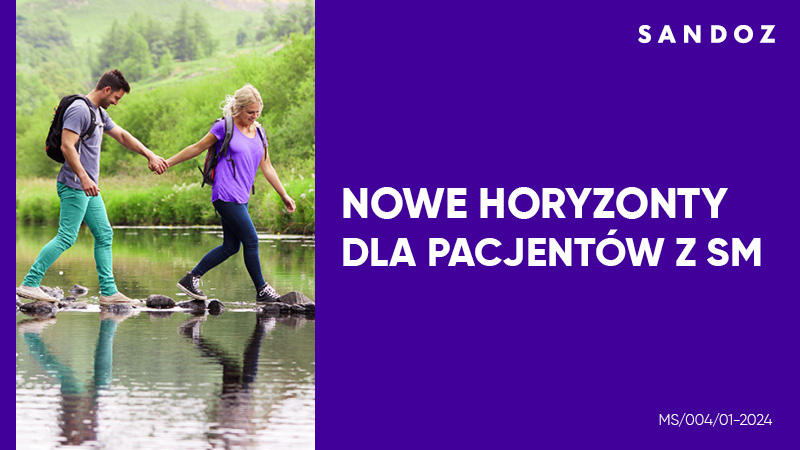Effects of hippotherapy on gross motor function in children and adolescents with cerebral palsy – a scoping review
Natalia Jagielska-Zwierz1, Natalia Matysiak1, Justyna Zając1,2, Jakub S. Gąsior3
 Affiliation and address for correspondence
Affiliation and address for correspondenceIntroduction: Cerebral palsy is one of the most commonly diagnosed neurological syndromes in children today. The most prevalent abnormalities in the development of patients with cerebral palsy are related to general motor skills, body posture and muscle tension. The sum of these disorders affects, inter alia, gross motor skills, which are movements involving either the entire body or a significant part of it. These include, for example, walking, running, jumping, swimming, and cycling. Nowadays, medicine offers many types of therapy to patients with cerebral palsy. Properly adjusted, they provide a chance to maintain appropriate levels of activity and physical fitness, and prevent the patient’s clinical condition from worsening. One of the supportive forms of therapy for people suffering from cerebral palsy is hippotherapy, which, thanks to its universal status, is an important complement to the rehabilitation process. The aim of the study was to assess the effects of hippotherapy on gross motor skills in children with cerebral palsy based on a literature review. Materials and methods: The MEDLINE PubMed medical database was reviewed as recommended by PRISMA, using the following keywords: “cerebral palsy” in combination with “hippotherapy” and “gross motor function.” The review included clinical trials examining the effects of hippotherapy on gross motor skills in children with cerebral palsy. Results: A total of 25 articles published between 1998 and 2021 were identified. The effects of hippotherapy on changes in gross motor activity were assessed using the Gross Motor Function Measure (GMFM), Functional Status Scale, Pediatric Balance Scale, Bruininks–Oseretsky Test of Motor Proficiency. Second Edition (BOT-2) scales, Gross Motor Function Classification System (GMFCS), and changes in selected gait determinants including walking speed and stride length. Conclusions: Hippotherapy improves gross motor skills in children and adolescents with cerebral palsy aged 3–19, classified as GMFCS levels I–V. However, more research is needed to establish the long-term effects of hippotherapy.







